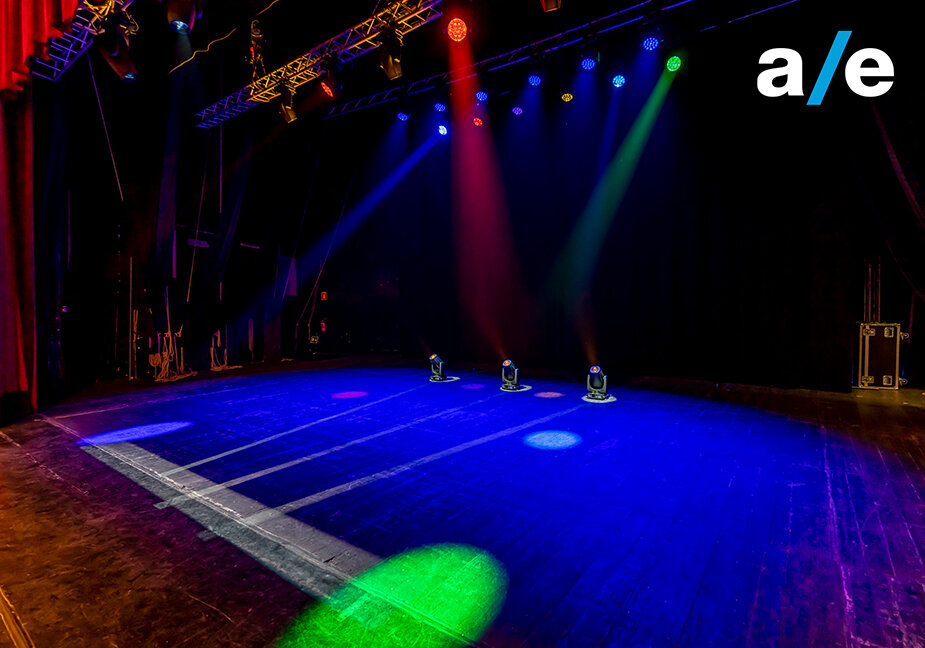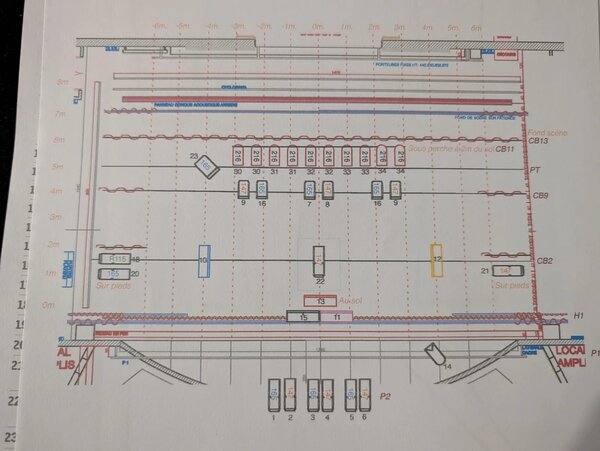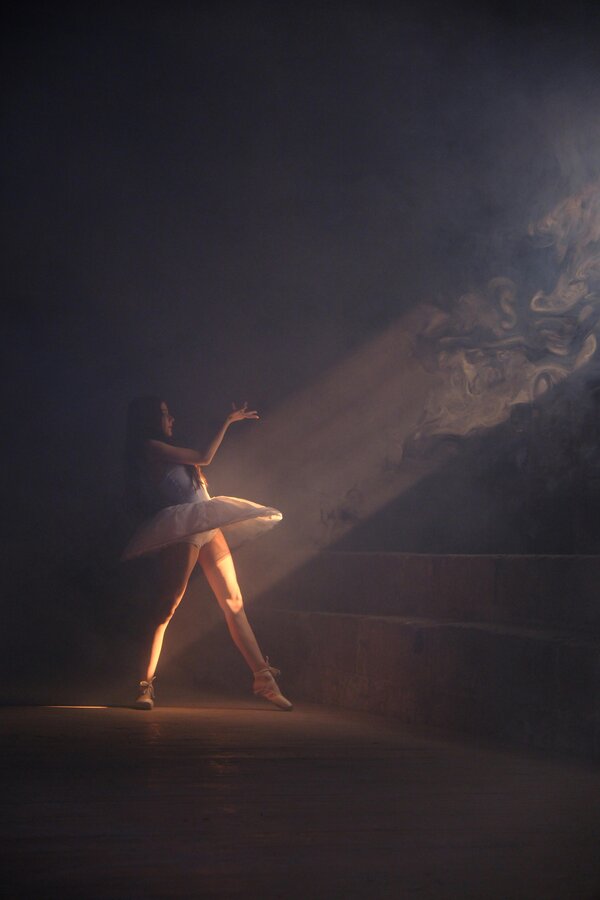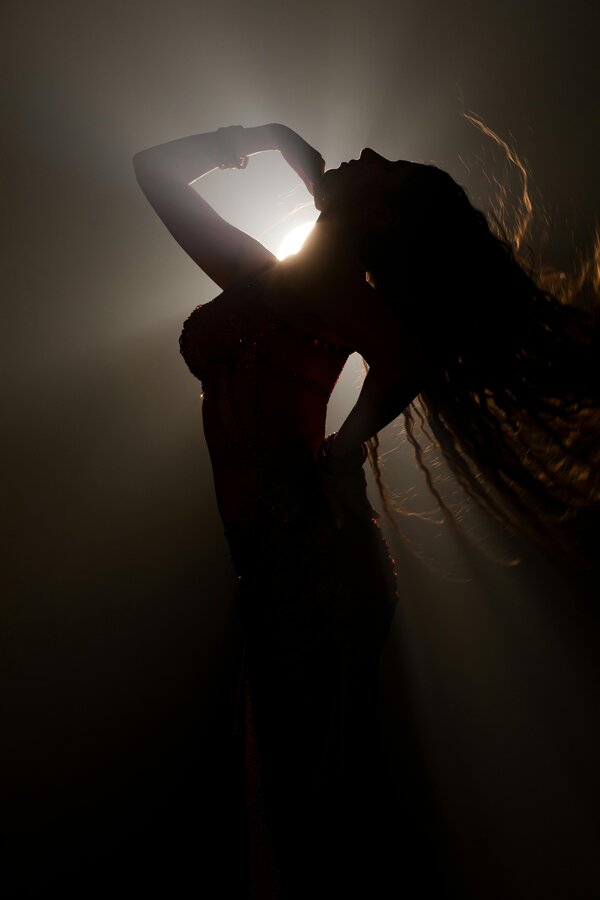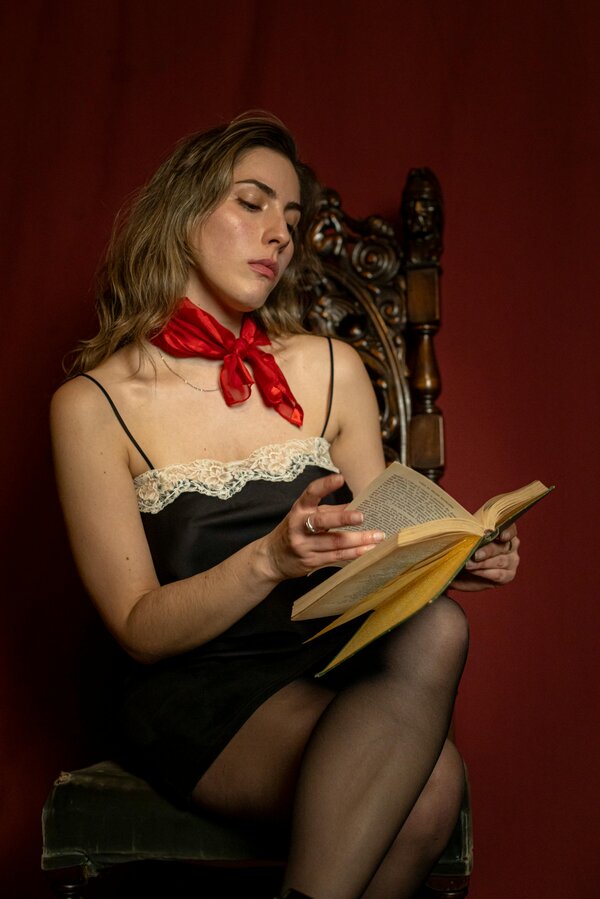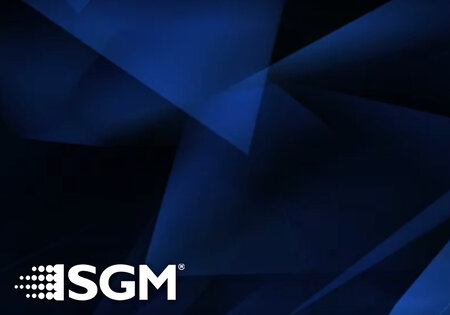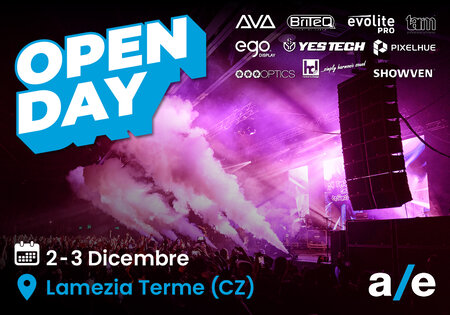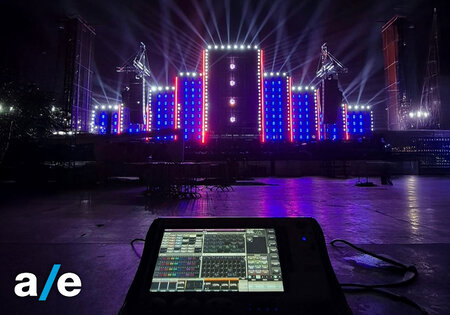Lighting a theatre stage involves far more than simply illuminating actors and sets—it means creating atmosphere, directing the audience’s focus, and enhancing every detail of the scene. A well-designed lighting setup can transform a performance, making it more engaging and visually striking. In this article, Audio Effetti shares a series of tips and tricks to help you optimise both the type and positioning of your lighting fixtures from the selection of light sources to the creative use of colours, backlighting, and dynamic effects.
Selecting the most suitable fixtures for a theatrical production depends on several factors, starting with the type of light source. While LED technology currently dominates the market due to its energy efficiency, long lifespan, brightness, and sustainability, some technicians still prefer incandescent or discharge lamps for the specific quality of their light. In addition to the source, it’s essential to understand the characteristics of different projector types: Fresnels produce soft, diffused light; profile spots (ellipsoidals) allow precise beam shaping; and moving heads offer versatility and motorised movement. Making informed choices is key to building a flexible rig capable of adapting to any production.
A fixture for every stage need
In theatre, fixture selection is crucial for shaping the scene, creating atmosphere, and guiding audience attention. Here are the main categories of projectors commonly used in this setting:
Traditional Theatre Fixtures
This category includes the most frequently used lighting instruments in theatres, often identified by their barndoors, dedicated optics, and beam-shaping accessories. Examples include:
- Fresnels: Provide a soft, even light ideal for general stage wash. Thanks to their Fresnel lens and adjustable zoom, they can cover wide areas with smooth light transitions. Example: BT-THEATRE 200TW
- Profile spots (ellipsoidals): Produce a crisp, well-defined beam, perfect for highlighting performers or set elements. Equipped with internal shutters, they allow precise geometric shaping of the light. Examples: BT-PROFILE250 + BT-PROFILE160/OPTIC 25-50
- LED PARs: Compact and versatile, these fixtures are used for colour washes or accent lighting. While less precise than Fresnels or profiles, they are appreciated for their simplicity and brightness. COB (Chip On Board) models provide more intense and uniform light than SMD versions. Example: MINI-PAR 12TC Mk2
Moving heads: Although more common in concert lighting, certain moving heads are used in theatre—especially in modern or dynamic productions. They can function as spot, wash or beam fixtures and are remotely controlled to create motion effects without manual intervention. Example: tarm BLAZE Moving Head
Accent and special effects lighting: For specific needs such as highlighting set details or creating visual effects, narrow-beam accent lights or UV (Wood light) fixtures may be used. These are sometimes employed in theatre for stylised scenic effects. Example: CAM-SPOT 50TW
The importance of a lighting plot and DMX control
A successful theatrical lighting design starts with a well-structured lighting plot. Typically created during pre-production, the lighting plot outlines the placement, type, and function of each fixture on stage, based on the narrative and scenic requirements of the show. It serves both as a technical reference and a creative tool for lighting designers, ensuring visual coherence and operational efficiency.
Even the best design, however, can lose effectiveness without a reliable and flexible control system. That’s where the DMX protocol comes into play, enabling centralised and precise control over all fixture parameters: intensity, colour, movement, fade timing, and more.
Proper DMX address management is essential avoid address conflicts, organise your patching clearly, and use pre-programmed scenes for cue transitions. One useful tip? Separate channels by function (e.g., dimmer, colour, movement) and assign different DMX universes to groups of fixtures based on their role. This keeps programming clean and reduces the chance of errors during a show.
In theatrical settings, the use of professional lighting consoles truly makes a difference.
Audio Effetti offers solutions for all levels of production: from compact and budget-friendly controllers like the Contest MEMORY-24 or JB Systems EZ-CON24 W ideal for use with wireless DMX fixtures to advanced consoles like the Avolites Quartz or Tiger Touch II, designed for complex productions with dozens of motorised fixtures. These consoles offer intuitive interfaces, multi-universe management, offline programming, and creative tools such as effect generators streamlining the lighting designer's work and enhancing the visual impact of the show.
Choosing the right DMX controller is not just a technical decision: it’s an investment in both artistic and operational quality.
Core techniques: front light, back light, fill light
Good theatre lighting is not just about quantity of light, but its quality, direction, and purpose. Mastering the fundamental techniques helps you build visually expressive and narratively coherent scenes.
Front lighting is the most intuitive and commonly used technique. It directly illuminates actors and sets, making faces clearly visible. While it ensures clarity, used alone it can flatten the scene.
Fill lighting, placed to the sides or lower down, softens shadows created by the main light and balances contrast. It typically provides a more diffused, gentle illumination.
Back lighting (or backlight), placed behind the subject, helps separate them from the background and adds depth. It’s particularly effective for highlighting contours, creating silhouettes, or adding dramatic impact.
An effective lighting setup combines these techniques based on the needs of each scene: a soft warm front light for an intimate monologue, or a strong backlight for a moment of tension. Used intentionally, these sources guide audience focus, emphasise emotion, and enhance set design.
Creative use of colour and gobos
Creative colour use can evoke emotions, suggest moods, and transform how a scene is perceived.
Red may convey passion or conflict, blue introspection or melancholy, and green unease or harmony depending on the context and colour combinations.
Techniques such as colour blending (combining multiple LED sources or gel filters) enable nuanced gradients that reflect emotional transitions in the narrative.
In addition to colour, Gobos are powerful tools for enriching the stage with textures, geometric patterns, architectural projections, or natural effects like foliage, rain, or window panes. In compatible profile spots or moving heads, Gobos allow designers to “paint with light,” creating evocative scenes without physical set pieces.
To make the most of these effects, it’s crucial to use fixtures with rotating or interchangeable Gobos and a precise DMX control system. Audio Effetti offers ideal solutions for theatrical applications.
One interesting product from JB Systems, for example, is a stand-alone Gobo projector, not integrated into a traditional lighting fixture as is usually the case.
Using colour and Gobos effectively can dramatically enhance the visual impact of a production, turning each scene into a memorable immersive experience.
Common mistakes to avoid
Even with a well-designed rig and high-quality lighting fixtures, common mistakes in theatre lighting can reduce the effectiveness of the overall design.
One of the most frequent errors is overusing front lighting, which flattens the scene and eliminates depth. It’s better to balance it with back and side lighting to create dimension and spatial separation.
Another mistake is failing to match the colour temperature to the scene light that’s too cold or inconsistent with the atmosphere can break the audience’s immersion.
Poor DMX management can also cause issues: duplicate addresses, disorganised patching, or lack of backups can result in unexpected behaviour or even blackout during the show. Always test each scene in advance, ensure consistency between the lighting plot and programming, and keep a clear structure in the console’s memory banks.
Finally, overuse of dynamic effects (strobes, rapid movements, excessive colour changes) can distract the audience and weaken the narrative. In theatre, lighting should support the scene not steal it.
Want to learn more?
Email us at international@audioeffetti.it

 English
English  French
French
